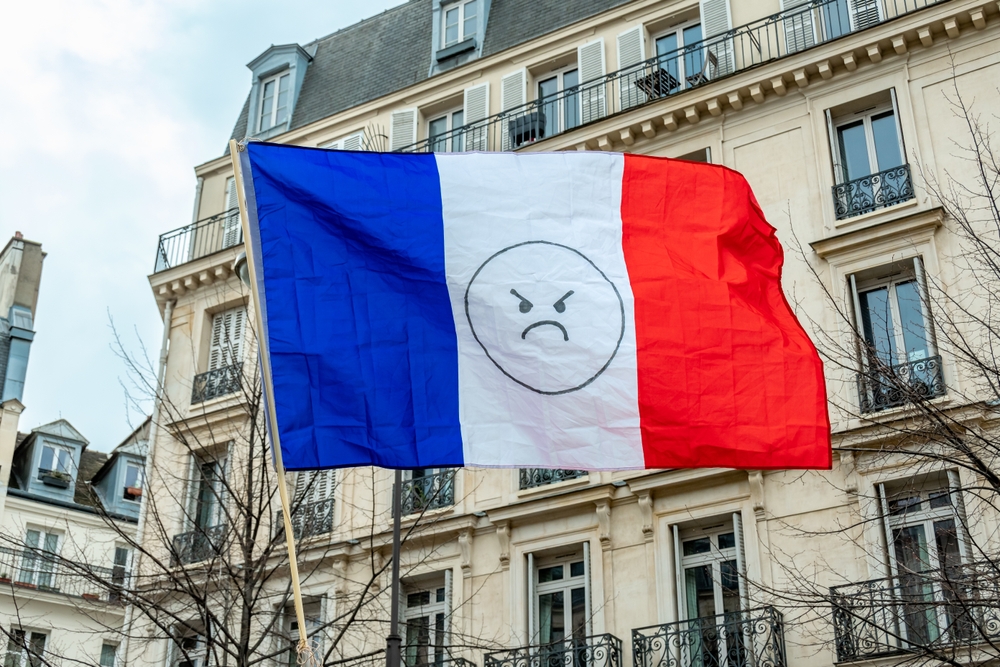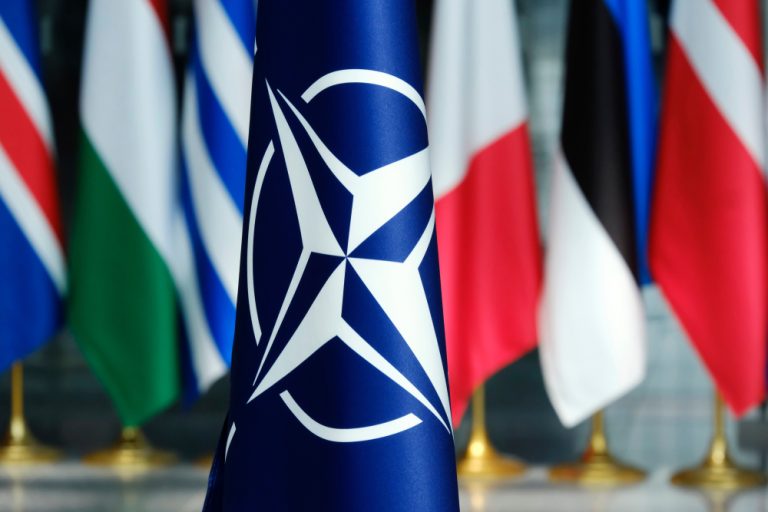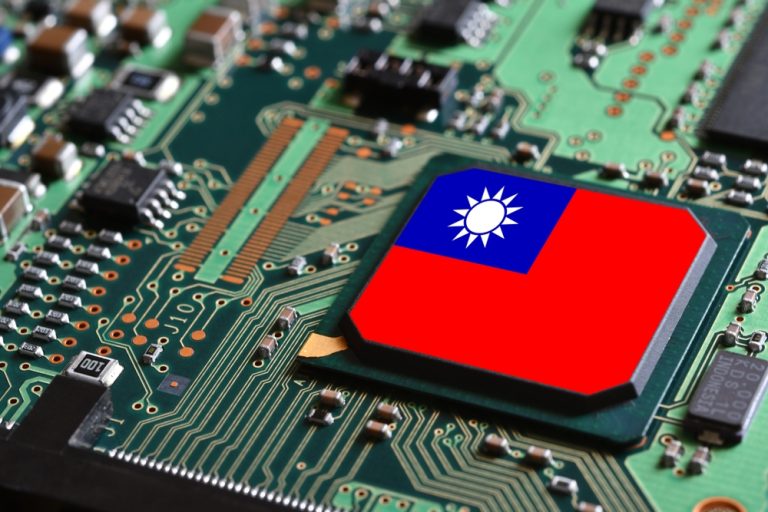
Macron continues his war on French society. Who has the advantage now?
The confrontation between French civil society and President Emmanuel Macron, caused by the unpopular pension reform, has been going on for almost six months. During this time, the objectives of the rallies have finally transformed from social to political, and are aimed not just at maintaining the current retirement age, but also at overthrowing the president, and perhaps even at revising the foundations of the Fifth Republic itself. Recently we wrote that despite the serious scale of the demonstrations, they were unlikely to succeed. In doing so, not only a change of state system, but even the mildest concessions on the original pension issue would not be achieved. Among the main reasons for this negative assessment was Macron’s intransigent attitude, which was manifested in the infantilism of the population, which was not ready for a stubborn revolutionary struggle. Simply, in the new world of “wars and conflicts,” the children of the welfare society were not ready for the rigid stance of the government, which in previous quiet years was much more likely to make concessions. The degradation of the protest movement was reinforced by the statistics of the decline in the number of its participants, which inexorably crept downward. But May brought a new aggravation that made us question whether we have been too critical of the protesters.
On May 1, cities across France did indeed experience the largest wave of protests in recent memory. Authorities had expected between 500,000 and 600,000 people to take to the streets, and trade unions reported nearly a million participants. In fact, even the average expert estimate of 800,000 people looked impressive. Thus, according to calculations made by Le Figaro, based on data from prefectures that were hardly inflated, 552,000 demonstrators had already marched through the streets at 4 p.m. And yet, such huge numbers were deceptive, and had a downside that was not so optimistic for the revolutionaries. It cannot be overlooked that the International Workers’ Day, when leftists and trade unions traditionally marched even in a calm atmosphere, provided a sharp breakthrough. Probably, if it were not for that holiday, the number of participants would have been many times less. The dynamics do not look very positive, either, if we compare them closely with previous rallies. Thus, there were more people at the May 1 demonstrations than on April 13, when 270,000 people took part in the rallies, but fewer than on March 7, when, according to estimates, 1.28 million people turned out for the actions. It is noteworthy that after the May Day protests, the French trade unions set a new day to take to the streets on May 6, but then the number of participants was already several times lower, and the following days did not even come close to achieving the May Day triumph in terms of numbers.

However, it was not only the quantity, but also the quality of the actions, expressed in the sharpness of the confrontation with the authorities and the police, that made the supporters of the revolutionary struggle happy. Indeed, serious violence erupted at the beginning of the protests in Paris, when protesters began shooting flares and firecrackers into the air and throwing Molotov cocktails at the police, which caused severe burns on some police officers. As a result, police clashes with protesters were extremely violent, and in Paris, police headquarters reported more than 30 arrests within an hour of the start of the demonstration. In addition, the more moderate protesters distinguished themselves with “beautiful actionism”. For example, Macron was greeted with insults and ridicule as he toured the country, and an effigy of the President and Minister of the Interior Gérald Darmanin was beaten and burned in many cities across the country from Paris to Strasbourg. At the same time, as before, many protesters smashed windows in banks, stores, and offices. Such actions not only failed to demonstrate police brutality, but also justified many of its actions even in the eyes of more peaceful demonstrators, who would then be afraid to go to such events in order to preserve their safety and health. The endless manipulation of Macron’s puppets has become commonplace, and is hardly an indicator of the growing quality of the protests.
Could it be that this qualitative improvement took place in the ranks of the foremost and most active protesters, which, somehow, brings the revolution closer with the general masses of the people? It is true that protesters from the so-called Black Bloc composed of radical leftists, began throwing projectiles at the police an hour and a half after people began marching through Paris and Lyon. Moreover, these protestors were ready to fight. But the same peculiar radicalism was displayed by the police. In Macron’s first presidential term in 2017-2022, for a reason hated by left-wing radicals, Minister of the Interior Gérald Darmanin invested huge sums in reforming the police, directing it toward higher salaries and better facilities. Just before the protests began, the French police were allowed to use drones equipped with cameras to monitor crowds at the protests, which improved their performance. But the key was not the equipment of the police, but its psychology, in which left-wing radicals were perceived as the enemies of France, who must be stopped at all costs. That is why the police unquestioningly used tear gas in Paris, Lyon and Nantes, severely beating protesters, while Darmanin accused the “thugs” at the rallies of intending to “kill the police”. And so, too, the protests did not progress toward the coveted revolution. Against this background, the government of Élisabeth Borne mockingly announced that it wanted to move on to issues other than pensions, and notified that it would send invitations to the unions for negotiations, where measures to “improve working conditions” would be discussed. Just two days after the May Day “protest celebration,” the French Constitutional Council rejected the political opposition’s second request for a pension referendum as inconsistent with the law. On May 8, having banned street protests on that day, Macron quietly celebrated Victory Day. He had reason to rejoice. After all, the score in his struggle with French civil society is still 1-0 in his favor.


Average Rating